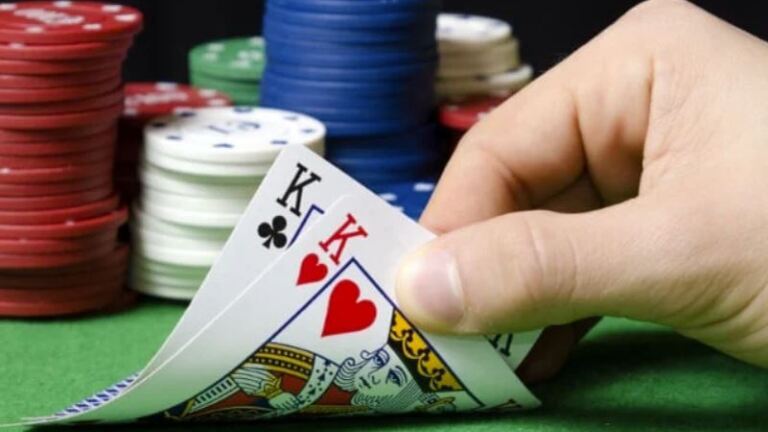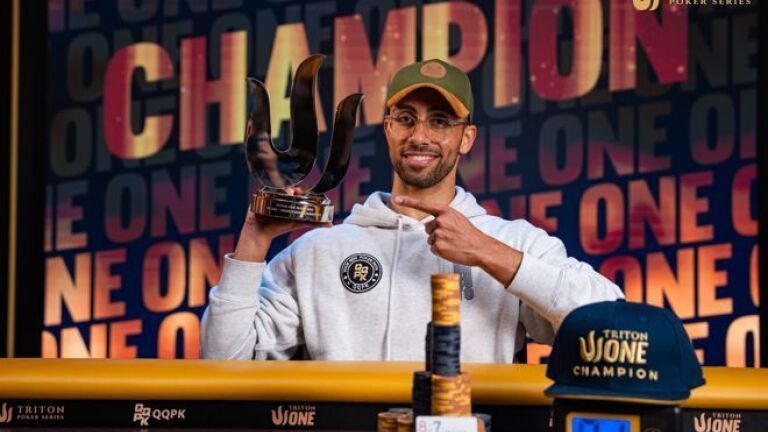- Our opponent is either straightforward or passive (!!!Most players are like this!!!)
- There is not too much levelling during the game (at higher limits, this fades)
Add-on to theorem:
- If the opponent check-raises on the turn, it always shows greater power than re-raising from position
Explanation:
- At 100 big blinds deep, a typical opponents who hold one pair will usually only call on the turn if they have only called on the flop
- Many players use slowplay on the flop, but there are very few who slowplay on the turn
Example no. 1
NL25 6max (stacks around 100bb)
Preflop:
We raise from UTG to $0.75 with


Only the SB calls (SB 40/20 pasive - calling station - fish)
Flop: (Pot: $1.75)



SB checks, we raise to $1.2, SB calls
Turn: (Pot: $4.15)

SB checks, mi raise to $3, SB re-raises to $8.5, we fold.
Example no. 2
NL100 6max (stacks around 100bb)
Preflop:
We raise to $3 from MP with


BB calls (BB is a multi-tabling regular. According to the statistics, he plays 22/17 with a 30% postflop aggression frequency)
Flop: (Pot: $6.5)



BB checks, we raise to $5, BB calls
Turn: (Pot: $16.5)

BB checks, we raise to $11, BB re-raises to $34, we fold.
The theorem mostly works against tight regulars and passive fish. The trickier and the smarter the opponent is, the more we need to focus on the specific circumstances. A few things to take into consideration before making a decision on using the theorem:
- With what frequency we use the cbet and when we second barrel
- What kind of card is the turn
If we are too active, and our opponent hits a straight-or flush draw on the turn, he can twist the situation into his advantage again by doing a semi-bluff.
BalugaWhale, the author if this theorem, is a high stakes no limit cash game player. He has been a member of the 2+2 forum since the dawn of time. At the moment, he can be found on the video site DeucesCracked, where you can watch a number of his videos.















0 comments